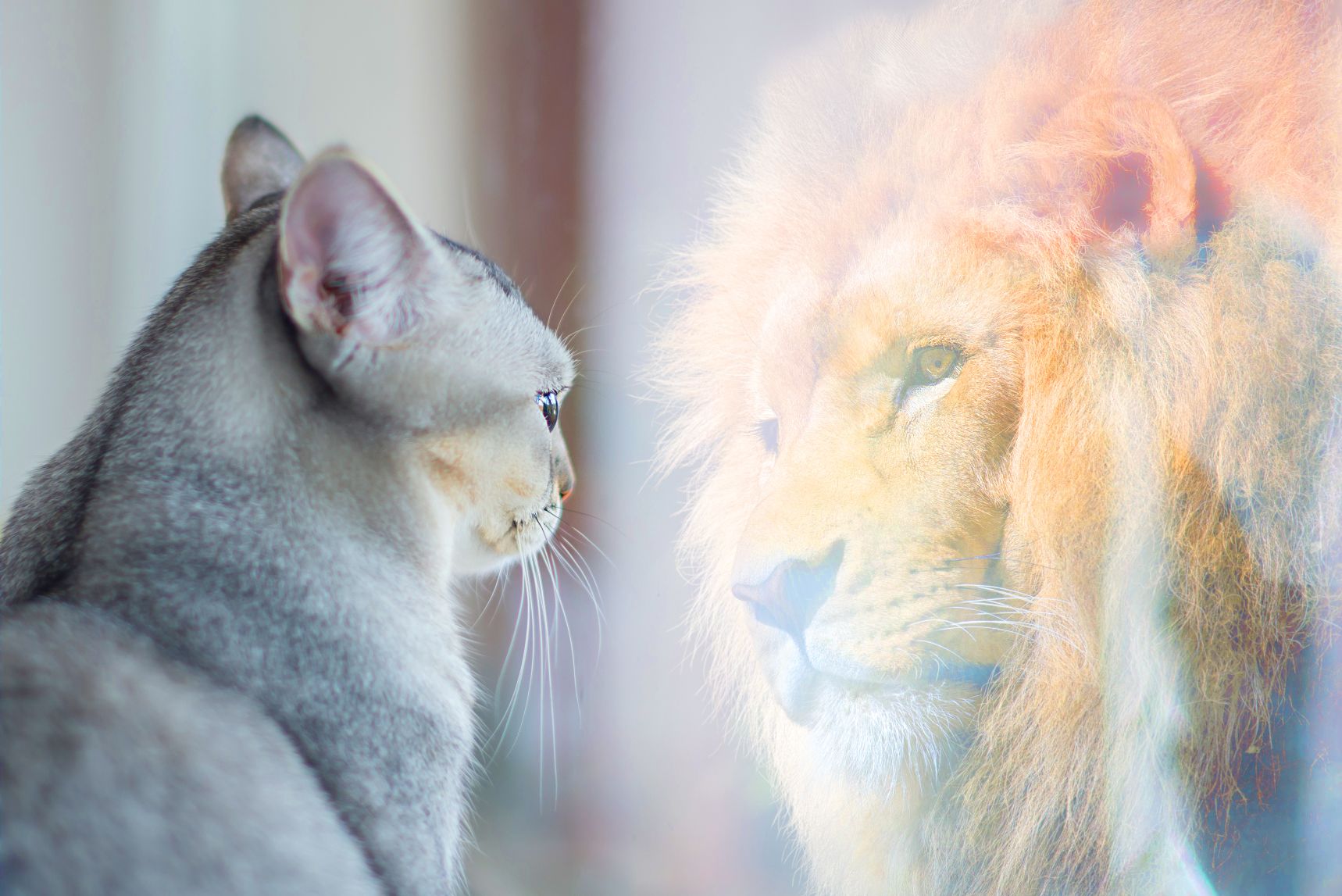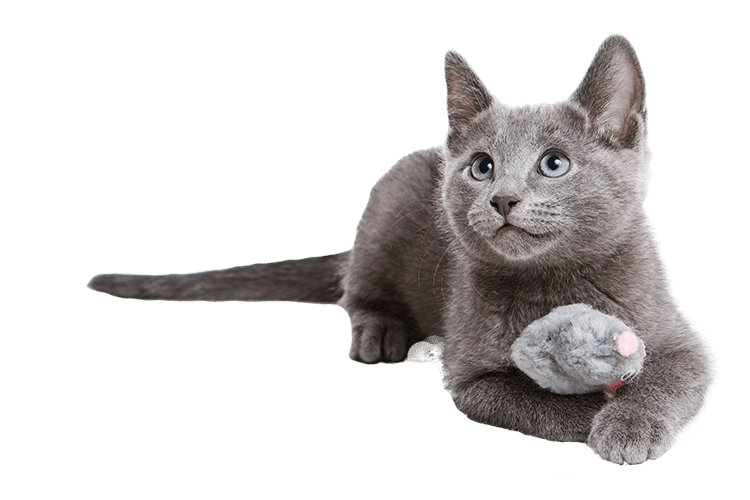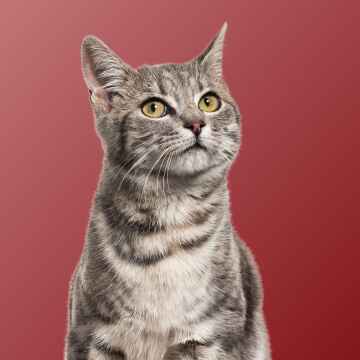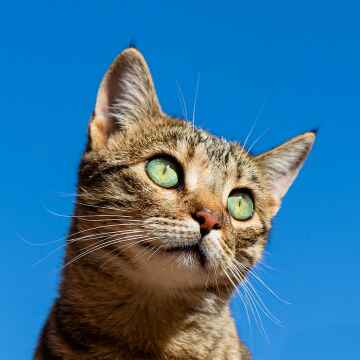The Humble Meow: A Look at Feline Evolution

If we went back in time 9 million years, we could see for ourselves the Bering land bridge that connected present-day Alaska with Siberia. Among many things, we might be shocked to see predatory creatures, including our cat’s ancestors, navigating the terrain that joins North America with the Asian continent. By this point, cats had traveled all over Asia for the previous 2 million years and were now migrating to parts unknown. This is just one example of fascinating feline evolution that continues to thrill cat lovers.
Into Perspective
Scientists have been able to trace feline evolution from Asia to North America and then back again, but it wasn’t easy or clear before DNA sequencing existed. In fact, the cat family was previously divided by size. In 1997, doctors from the National Cancer Institute came closer to understanding how successive migrations altered cat species. By analyzing DNA from 37 different cat species, they were able to divide contemporary cats into 8 family lines.
Cats colonized the globe with their migrations over 10 million years. As sea level rose and fell, cats in various locations around the globe evolved into many different types of felines. Take, for example, the cheetah. While they are now famously African cats, cheetahs belong to a family line that came from North America 3 million years ago. They migrated to Africa after crossing the Bering land bridge to Asia.
Low sea levels triggered more migrations. Experts believe that the first modern cats spread from Asia to Africa and then to North America, a movement that bore the ocelot, puma, and lynx lines.
Mind Blowing Expansion
The cat family can be divided into these 3 groups:
- Panthera (cats that roar)
- Acinonyx (Cheetahs remain part of this group characterized by a lack of protective sheath around the claws)
- Felis (related to today’s domestic cats)
The experts now know that big cats, like tigers, lions, jaguars, and panthers, emerged about 6.4 million years ago. The leopard lineage emerged about 6.5 million years ago in Asia and Africa (and may be related to North American ancestors).
Today’s domestic cats are related to a smaller version of feline that branched off the family tree about 3.4 million years ago. Their descendant, a wild cat species found in the Fertile Crescent (think Egypt and Turkey) was first domesticated between eight and ten thousand years ago.
Felis Silvestris Lybica
Feline evolution resulted in Felis Silvestris Lybica, the ancestors of contemporary domestic cats, or Felis Catus. While our cats developed a tabby coat, their ancestor remains in the wild today.
The relationship between wild cats and humans started about 10,000 years ago. Evidence of shared burial sites confirm a closeness between our species. This coincided with agricultural storage and permanent housing.
Feline Evolution
Cat lovers are united in their fondness for feline evolution. The millions of years of migration, development, and natural selection all played a part in shaping the animals we know and love so well today.
If you have questions about your cat’s breed and heritage, please call us at (585) 347-0092. Our team is always happy to help at All Cats Care Center.




